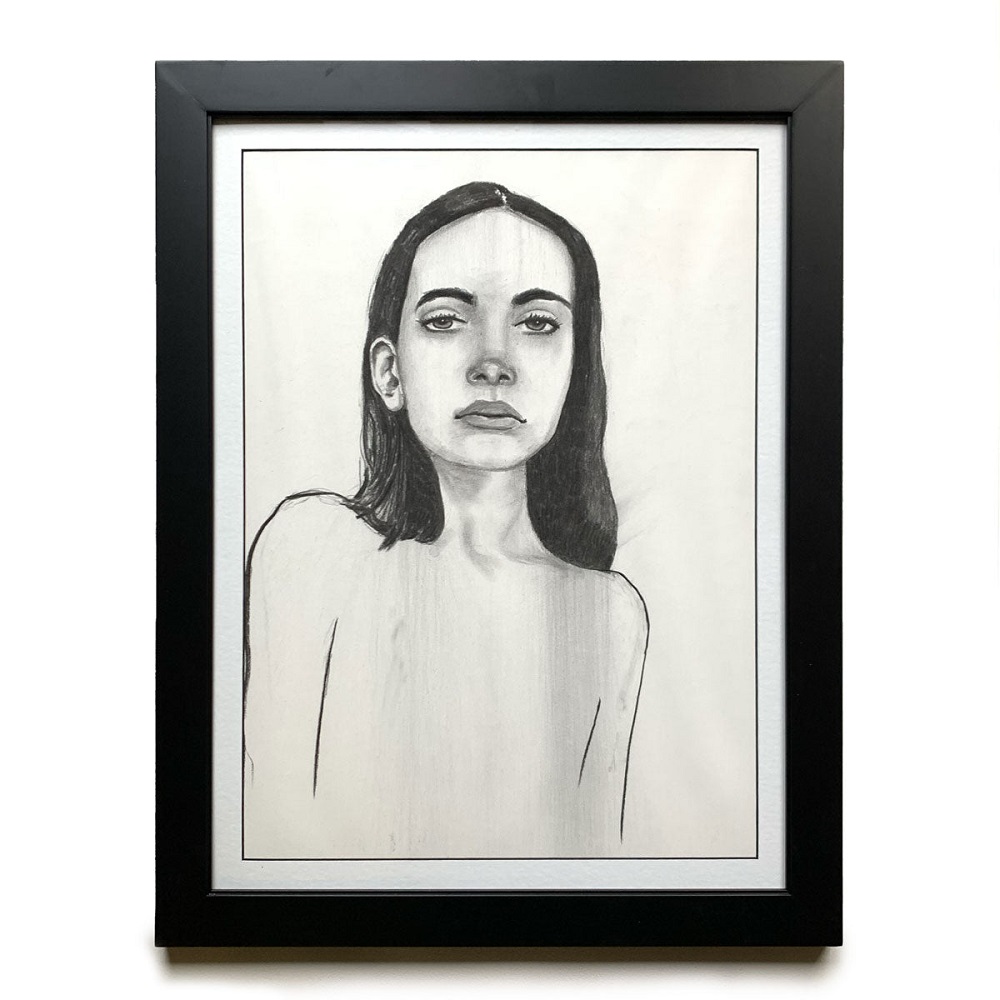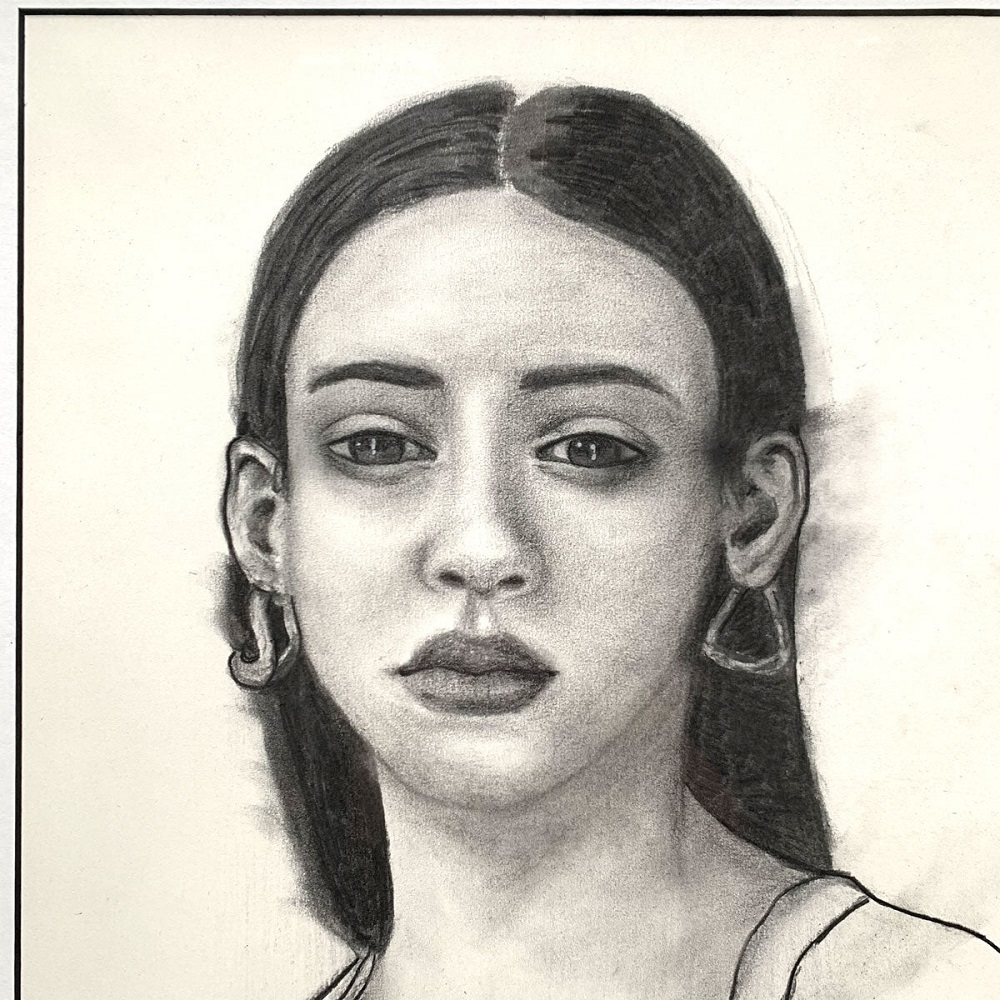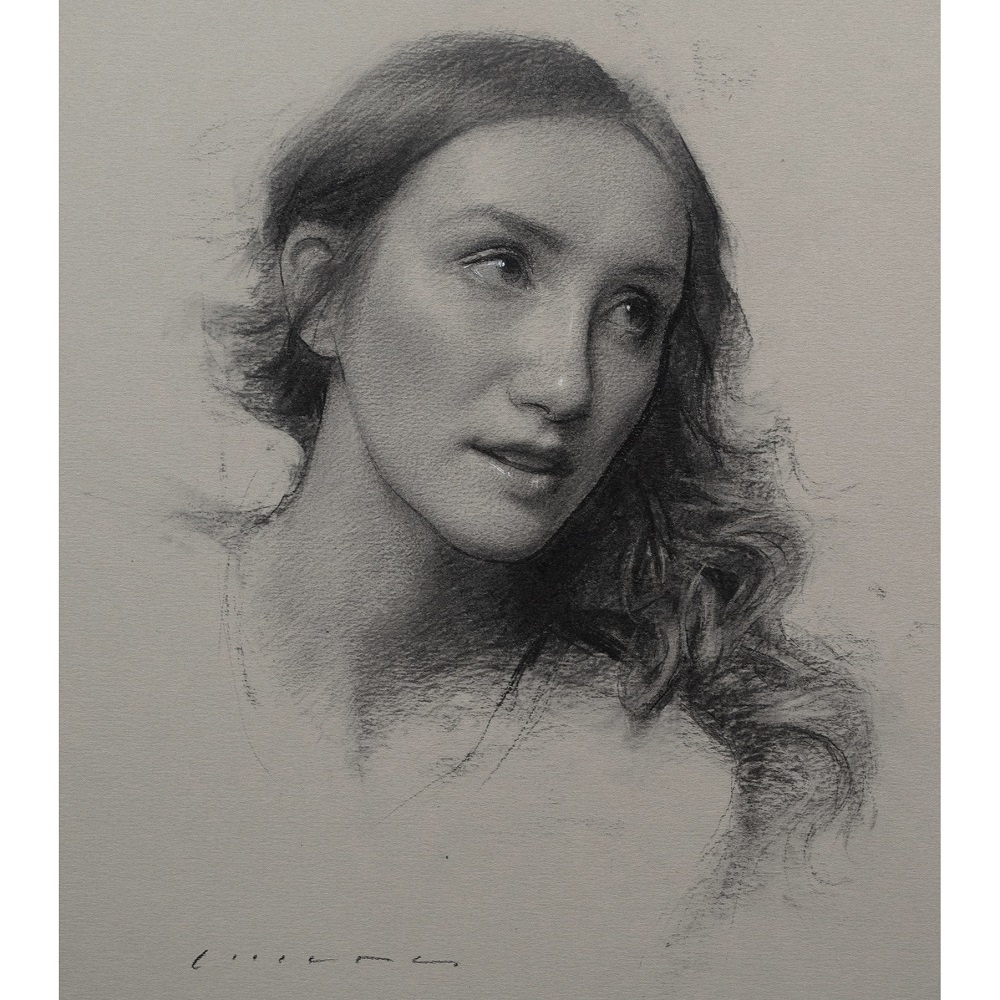Portrait charcoal drawing is a unique and expressive art form that captures the essence of the human face. It offers versatility, depth, and a rich texture that other mediums might struggle to replicate. In this guide, we’ll explore why portrait charcoal drawing is an excellent choice for artists and how to get started, focusing on techniques, materials, and tips for mastering this beautiful craft.
The Allure of Charcoal as a Medium
Richness of Texture
Charcoal has an extraordinary ability to create deep blacks and soft grays, allowing for a remarkable range of tones and textures. Artists can manipulate charcoal easily, blending and smudging to achieve a desired effect. This richness makes it perfect for portrait drawing, as it can convey softness in skin textures and boldness in shadows. The tactile nature of charcoal encourages artists to explore their creativity in ways that other mediums may not allow.
Portability and Accessibility
Another attractive feature of charcoal is its portability. Whether you’re in a studio, at home, or outside on location, charcoal drawing materials are lightweight and easy to carry. A sketchbook, a few sticks of charcoal, and an eraser make for an excellent travel kit. This accessibility allows artists to capture moments and expressions spontaneously, enriching their portfolios with a range of organic and expressive pieces.

Essential Materials for Portrait Charcoal Drawing
Types of Charcoal
When starting with charcoal, it’s important to select the right type. There are different forms of charcoal: vine charcoal, compressed charcoal, and charcoal pencils. Vine charcoal produces softer lines and is easy to erase, making it great for sketching out initial shapes. Compressed charcoal offers darker lines and is best for finalizing details. Charcoal pencils can provide fine details and should be used for adding precision and definition.
Paper Choices
Selecting an appropriate paper can significantly impact the final result. Textured paper often holds charcoal better than smoother surfaces. Look for paper that is specifically made for charcoal or drawing. Heavier paper reduces the risk of tearing under heavier application and blending techniques. Experiment with different types to see what works best for your style and the level of detail you want to achieve in your portraits.
Techniques for Successful Portrait Drawing
Establishing Proportions
Before diving into the details, focus on getting the proportions right. A well-established foundation is key to a successful portrait. Use a light hand with vine charcoal to sketch the basic shapes of the face, including the placement of the features like eyes, nose, and mouth. A common technique is to divide the face into sections to maintain accurate proportions. This careful planning helps ensure that the final piece remains harmonious and realistic.
Building Layers and Texture
Layering is essential for creating depth in portrait charcoal drawings. Start with lighter tones and gradually build up to darker shades. This approach allows you to establish your light source early in the drawing and balance the shadows accordingly. Blending techniques, such as using your fingers or a blending stump, can help soften transitions between light and dark areas, enhancing the realism of the portrait. Remember that it’s easier to add layers than to lift off too much charcoal later.

Capturing Expressions and Emotions
Observing Unique Features
Each face tells a unique story, and capturing those distinct features is crucial. Spend time observing the subject, noting how their facial features interact with one another. Pay special attention to the emotions expressed through micro-expressions. The slight tilt of a lip or the crinkle around an eye can convey a wealth of emotions in your portrait. These subtle details will elevate your drawing, making it not just a likeness but also a reflection of the subject’s personality and mood.
Using Shadows to Convey Mood
Shadows play a powerful role in conveying emotion in portrait drawings. Experiment with how shadows can enhance the mood of your piece. For instance, deep shadows might add a dramatic flair to a somber expression, while softer shadows can create a sense of warmth and kindness. By manipulating light and shadow, you can guide the viewer’s emotions and create a more impactful artwork.
The Importance of Practice and Patience
Embrace the Learning Curve
Like any artistic endeavor, mastering portrait charcoal drawing takes time and practice. Embrace mistakes as part of the learning process. Each work you create helps you improve your skills, from observing proportions to achieving the perfect expression. Regular practice can strengthen your hand-eye coordination and develop a more intuitive understanding of the medium. Keep a dedicated sketchbook for experimentation, and revisit older drawings to track your progress over time.
Celebrate Small Wins
As you practice, acknowledge and celebrate the small victories in your work. Whether it’s successfully capturing a particular expression or mastering a new blending technique, recognizing your growth can motivate you to continue. Set specific goals for each session, and don’t shy away from challenging yourself with more complex subjects. Over time, you will notice significant improvements and feel a deeper connection to your craft.
Showcasing Your Portraits
Displaying Your Work
Once you’ve completed a few portraits that you feel proud of, think about how to display them. Proper presentation can elevate your artwork, drawing more eyes to your efforts. Consider framing your drawings or displaying them in a portfolio, either physically or online. This visibility can open doors for constructive feedback from peers and art enthusiasts, which is invaluable for continuous improvement.
Participating in Local Exhibitions
Look for opportunities to participate in local art exhibitions or competitions. Showcasing your work in public can be a fulfilling experience and can provide significant exposure. It allows you to connect with other artists and the community, fostering creativity and support. By sharing your portraits, you not only celebrate your journey but also inspire others to explore the beauty of portrait charcoal drawing themselves.

The Emotional Journey of Creating Portraits
Connecting with Your Subject
Creating a portrait involves a deep emotional connection with your subject. As you draw, you immerse yourself in the nuances of their personality and experiences. This process can be transformative, as you begin to understand the emotional weight each line and shadow carries. Emphasize this relationship in your artwork, allowing it to resonate with viewers on a personal level.
Finding Joy in the Process
Lastly, remember that the beauty of portrait charcoal drawing lies not just in the final piece but in the journey itself. Each stroke and blend is an opportunity for exploration and expression. Allow yourself to enjoy the process, as it can be just as rewarding as the completed portrait. This joy can elevate your work, making it more genuine and resonate with those who view it.
Conclusion
Portrait charcoal drawing is a beautiful and expressive art form that allows you to explore the depths of human emotion and connection. With the right materials, techniques, and mindset, you can create stunning portraits that captivate viewers. Focus on capturing unique expressions and building layers to add depth to your work. As you practice, embrace the learning process, celebrate your growth, and ultimately allow each piece to reflect not just the likeness of the subject but their essence. Whether you are a beginner or an experienced artist, charcoal drawing offers a fulfilling avenue for exploration and expression, encouraging you to delve deeper into your creative journey.